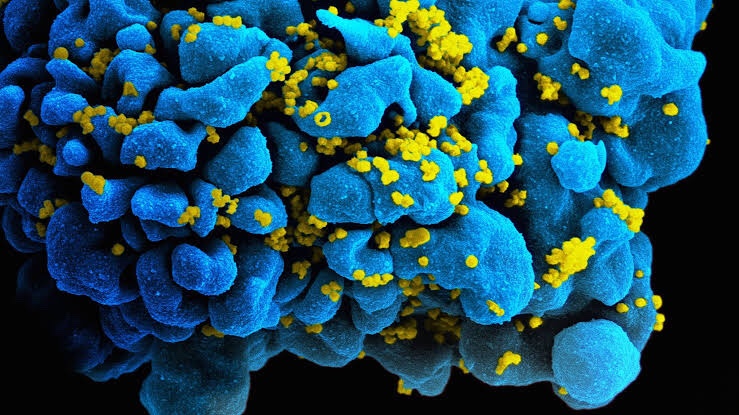After obtaining a stem cell transplant from a donor who was naturally resistant to the virus that causes AIDS, a leukaemia patient in the United States became the first woman and the third person to date to be cured of HIV, according to researchers.
The example of a middle-aged mixed-race lady described at the Conference on Retroviruses and Opportunistic Infections in Denver is also the first to use umbilical cord blood, a newer strategy that could make the treatment more widely available.
The woman has been in remission and free of the virus for 14 months since receiving cord blood to treat her acute myeloid leukaemia, cancer that begins in blood-forming cells in the bone marrow. She did not require potent HIV treatments known as antiretroviral therapy.
The two previous examples involved white and Latino men who had received adult stem cells, which are more commonly used in bone marrow transplants.
In a statement, First woman reported cured of HIV after stem cell transplant Sharon Lewin, President-Elect of the International AIDS Society, said, “This is now the third report of a cure in this environment, and the first in a woman living with HIV.”
IAS President-Elect @ProfSharonLewin and other leading scientists outline key risk mitigation strategies for conducting #HIV treatment studies during the COVID-19 pandemic. https://t.co/sZUpWUREk7 pic.twitter.com/cnWtFPYIeK
— IAS – International AIDS Society (@iasociety) February 14, 2022
Keytruda, a widely used cancer immunotherapy drug, can flush latent #HIV out of its hiding places & could potentially be used in combination with other types of therapy to achieve long-term remission. @ThomasUldrick @ProfSharonLewin @ScienceTM https://t.co/zVexIva1nH
— Liz Highleyman (@LizHighleyman) February 9, 2022
Dr. Yvonne Bryson of the University of California, Los Angeles (UCLA) and Dr. Deborah Persaud of Johns Hopkins University in Baltimore are leading a larger US-funded investigation. Its goal is to monitor 25 HIV-positive persons who receive a stem cell transplant from umbilical cord blood for the treatment of cancer and other serious illnesses.
Very proud of this timely review on the dual roles of immune checkpoint blockade for an HIV cure. A great team effort! @TheDohertyInst @UniMelb @TheRMH @AarhusUni_int @DAREtoCureHIV https://t.co/0ne7o23wEd pic.twitter.com/7MsfXful8q
— Sharon Lewin (@ProfSharonLewin) February 4, 2022
The malignant immune cells in the study participants are first treated with chemotherapy to kill them. Doctors then transplant stem cells from people who have an unique genetic mutation that prevents the virus from infecting cells.
These people, according to scientists, develop an immune system that is resistant to HIV.
Bone marrow transplants, according to Lewin, are not a viable option for curing most HIV patients. The findings, she said, “confirms that an HIV cure is conceivable and supports the case for gene therapy as a viable option for an HIV cure.”
The transplantation of HIV-resistant cells, according to the study, is a crucial component of success. Previously, experts thought that graft-versus-host disease, a common stem cell transplant side effect in which the donor immune system assaults the recipient’s immune system, had a part in a prospective therapy.
“Taken together, these three cases of a cure following a stem cell transplant all aid in separating out the many components of the transplant that were absolutely critical to a cure,” Lewin said.
- Misleading Video Alters Prime Minister Shehbaz’s Speech Targeting Political Rival, Not His Party - 21/04/2024
- ATC Grants Three-Day Remand for Suspects in Ichhra Bazaar Harassment Case - 19/03/2024
- Pakistan, India, and Bangladesh Lead World in Severe Smog Crisis, Exceeding WHO Guidelines - 19/03/2024


